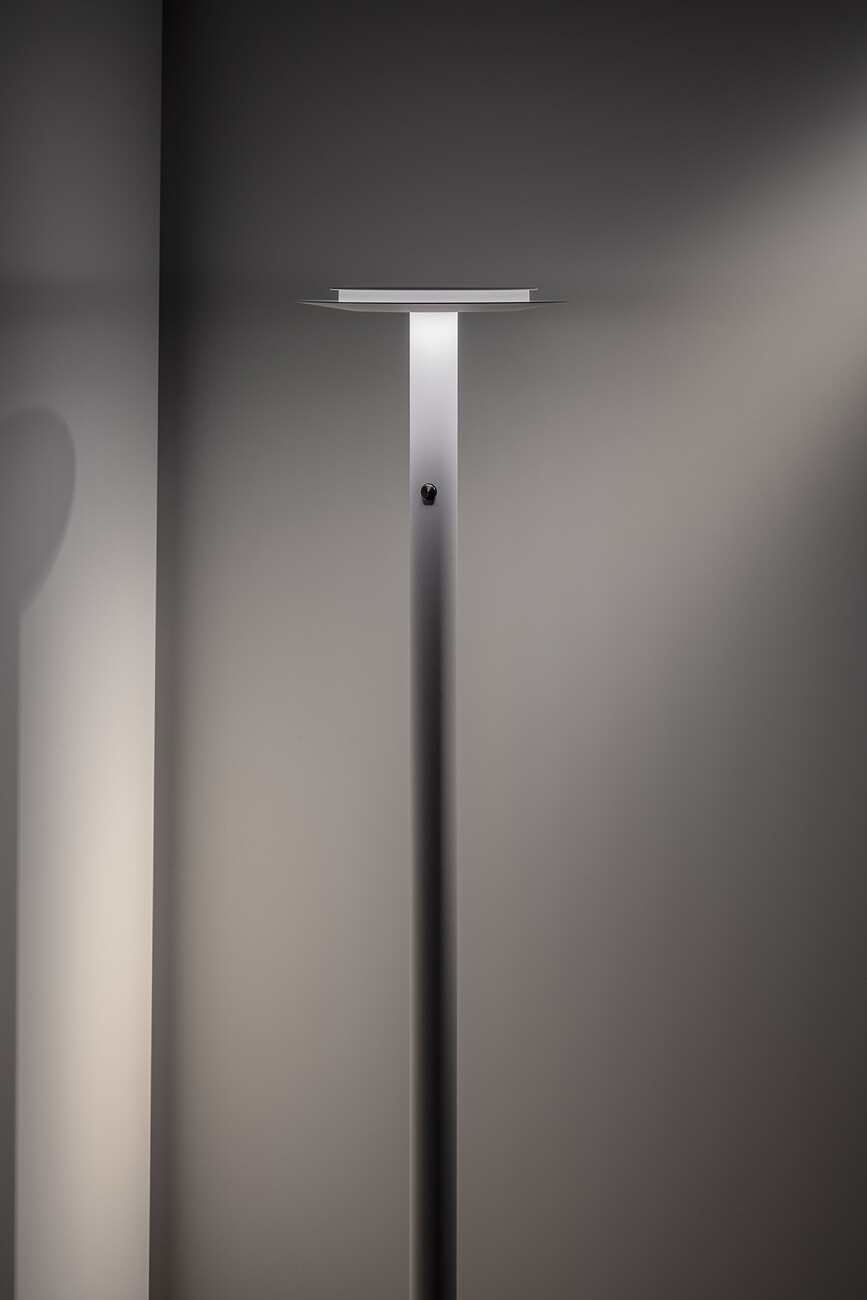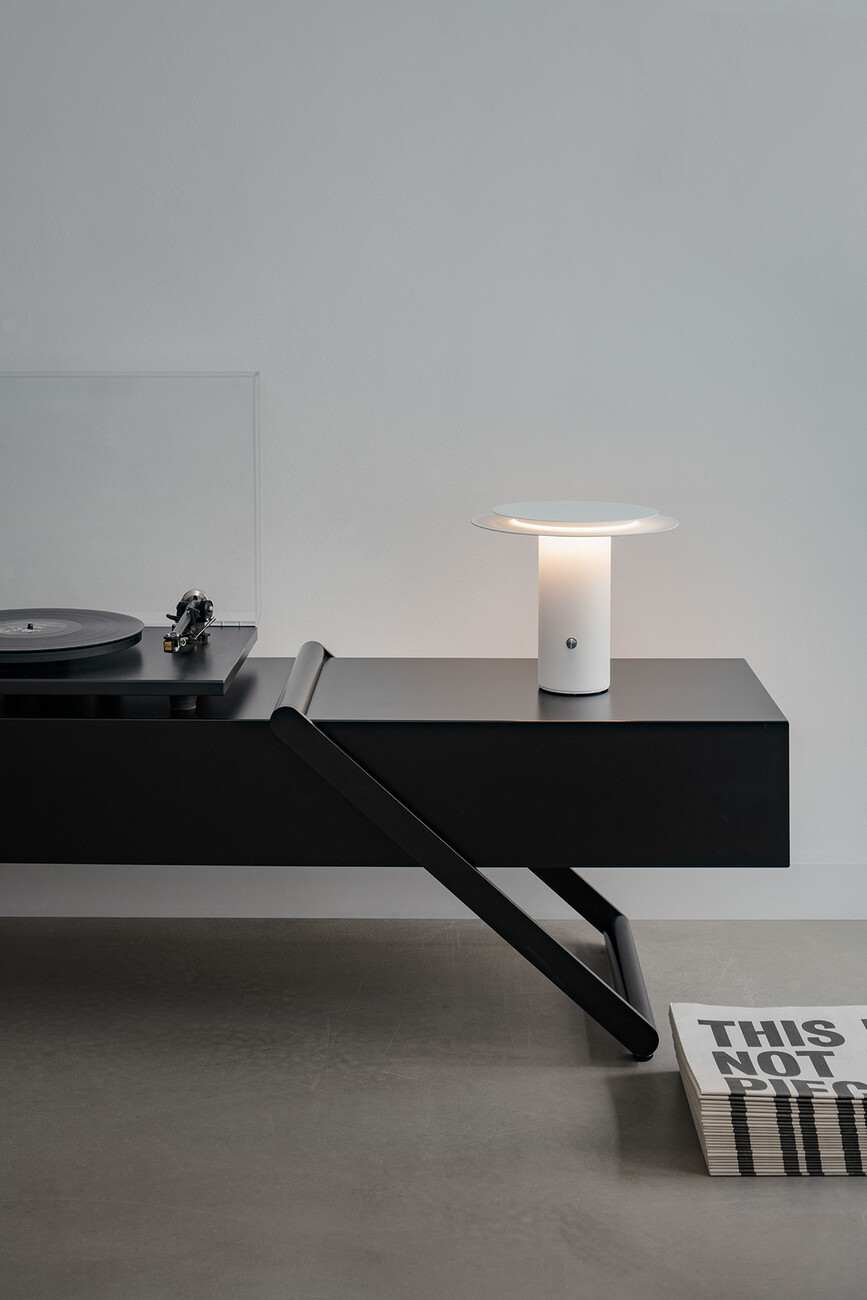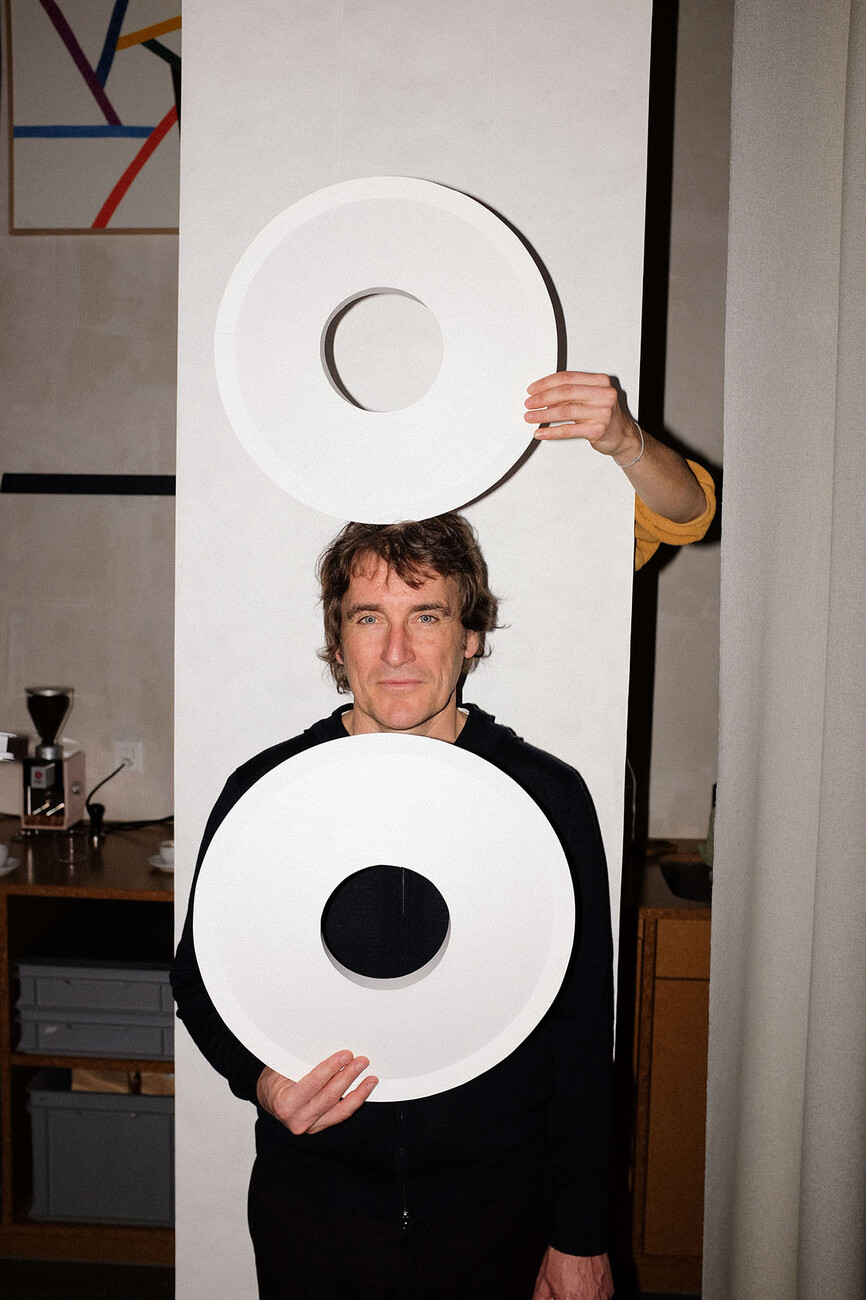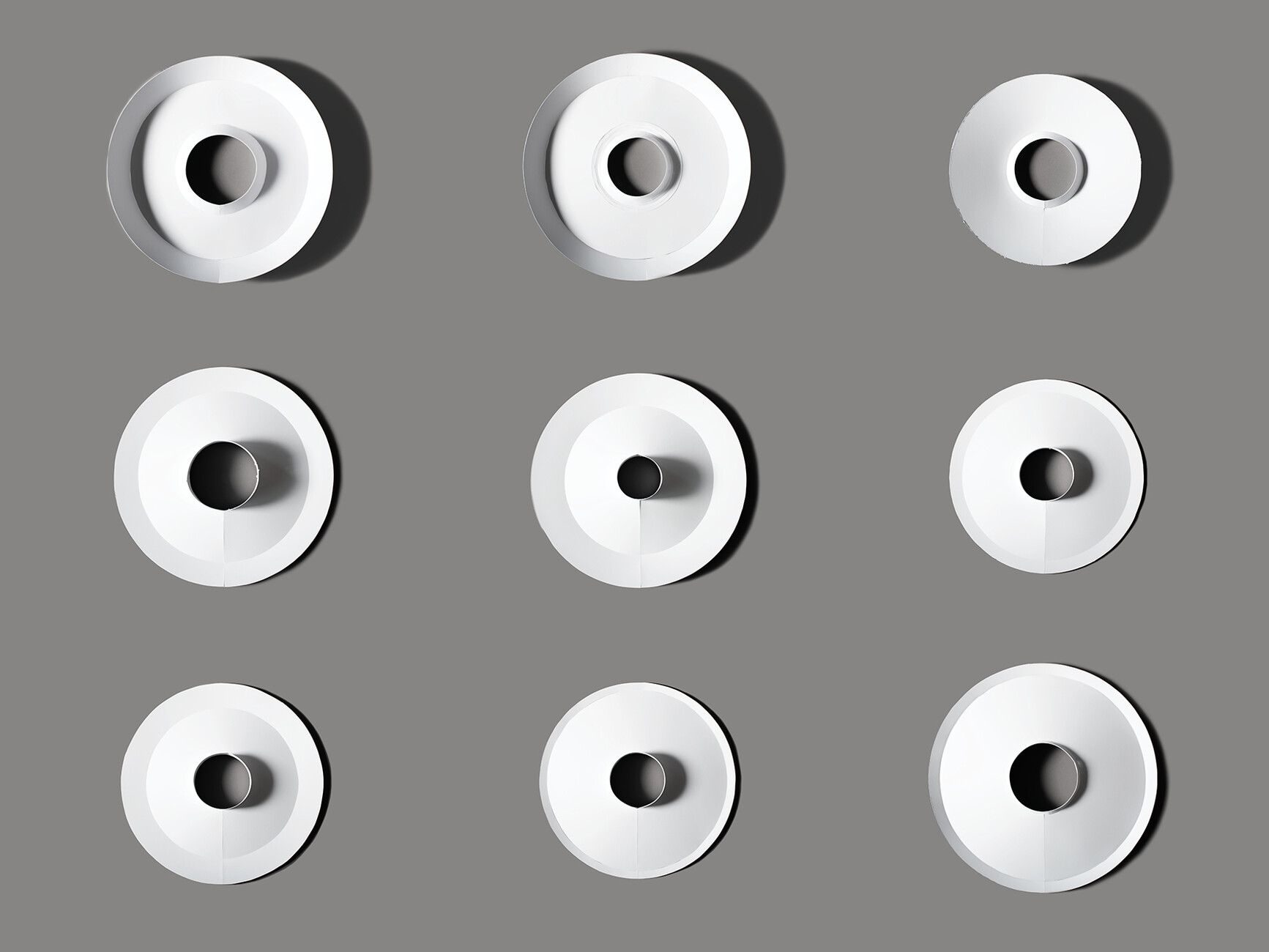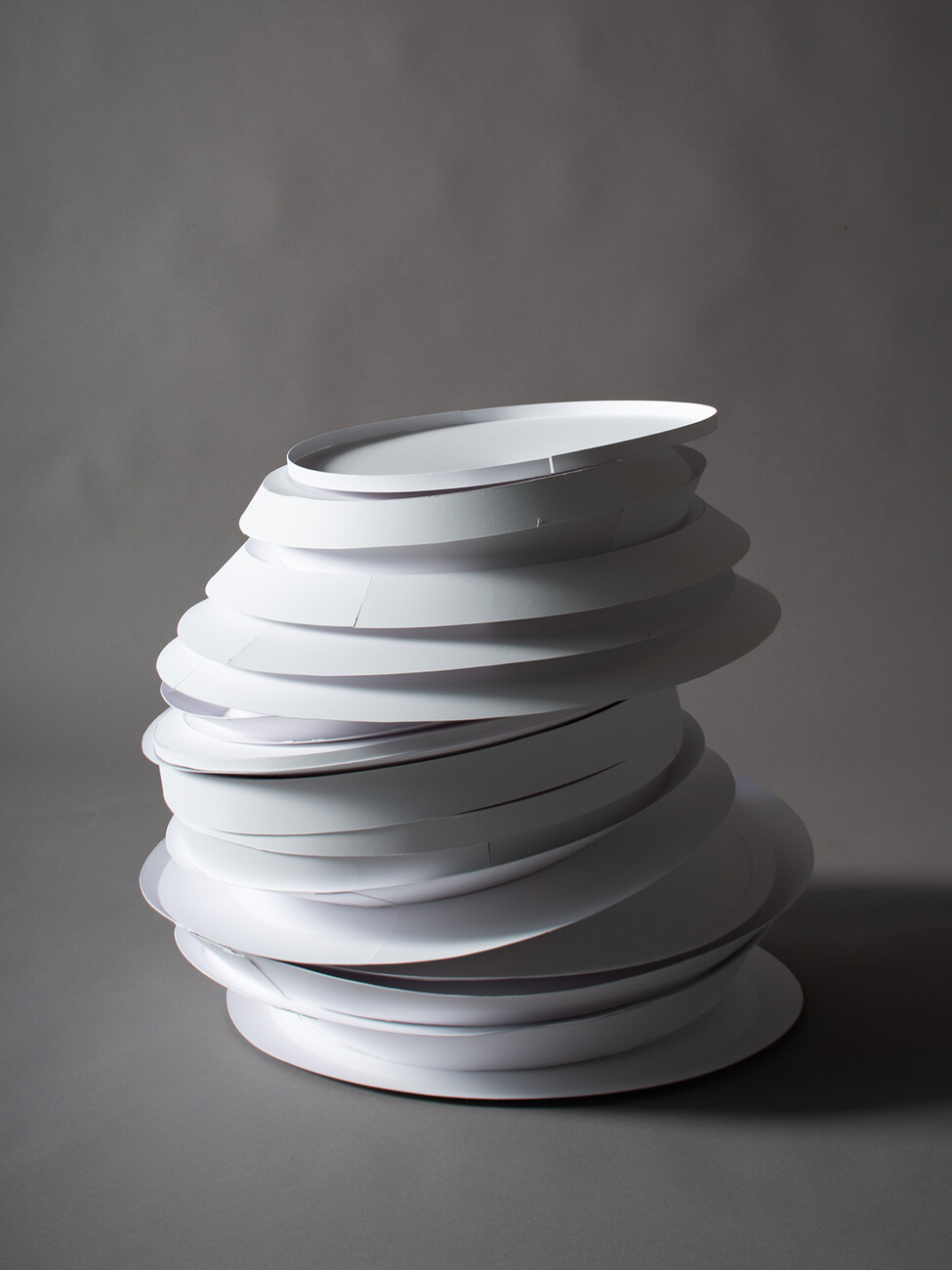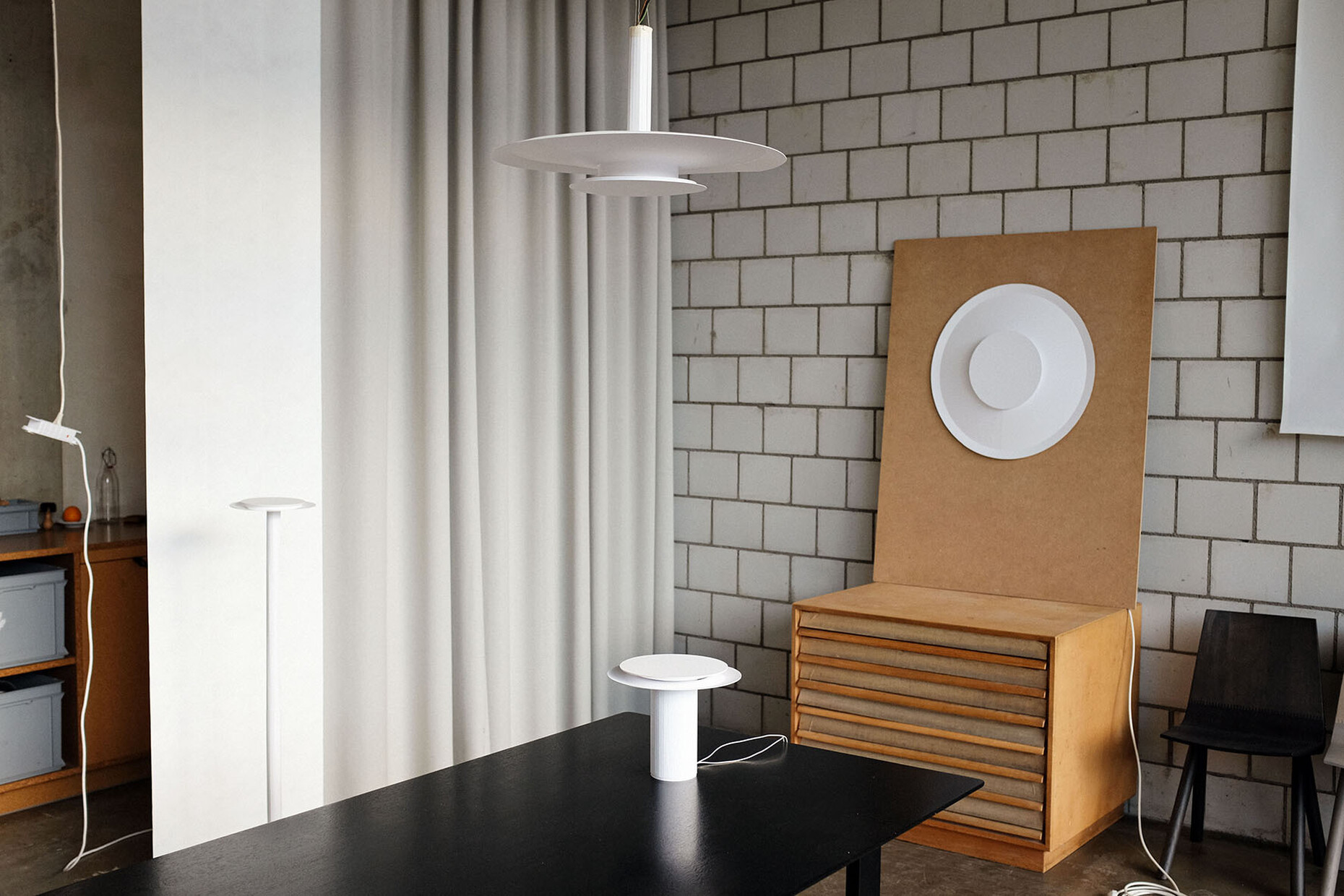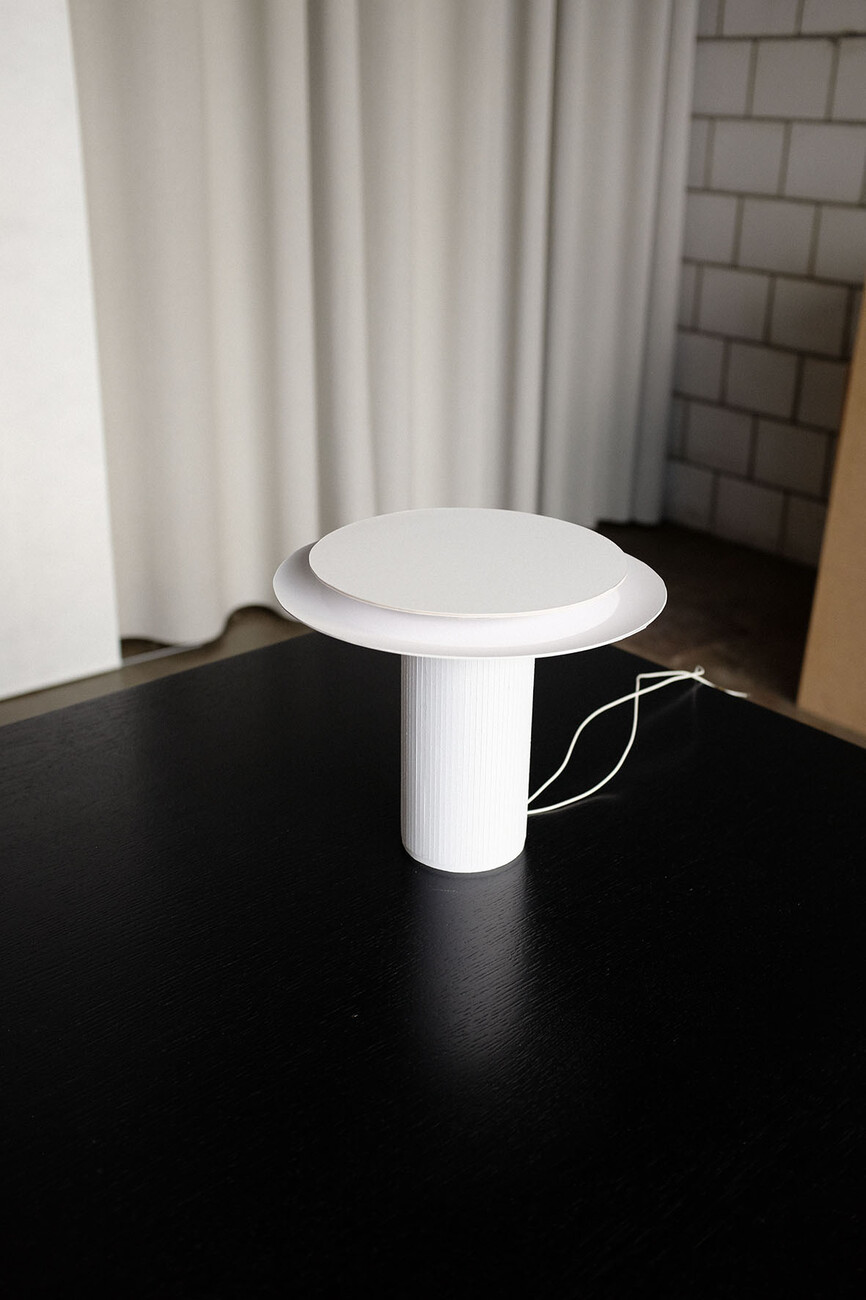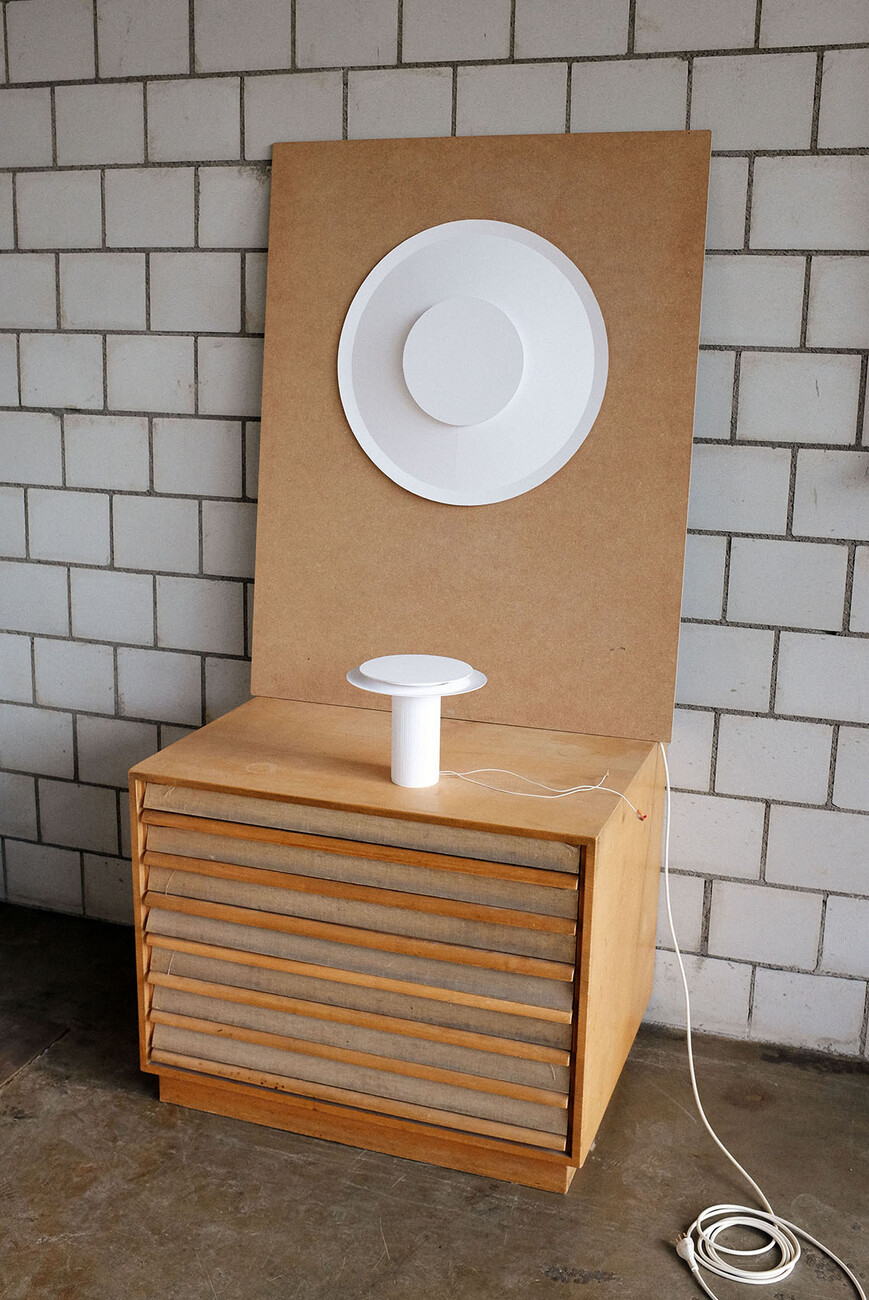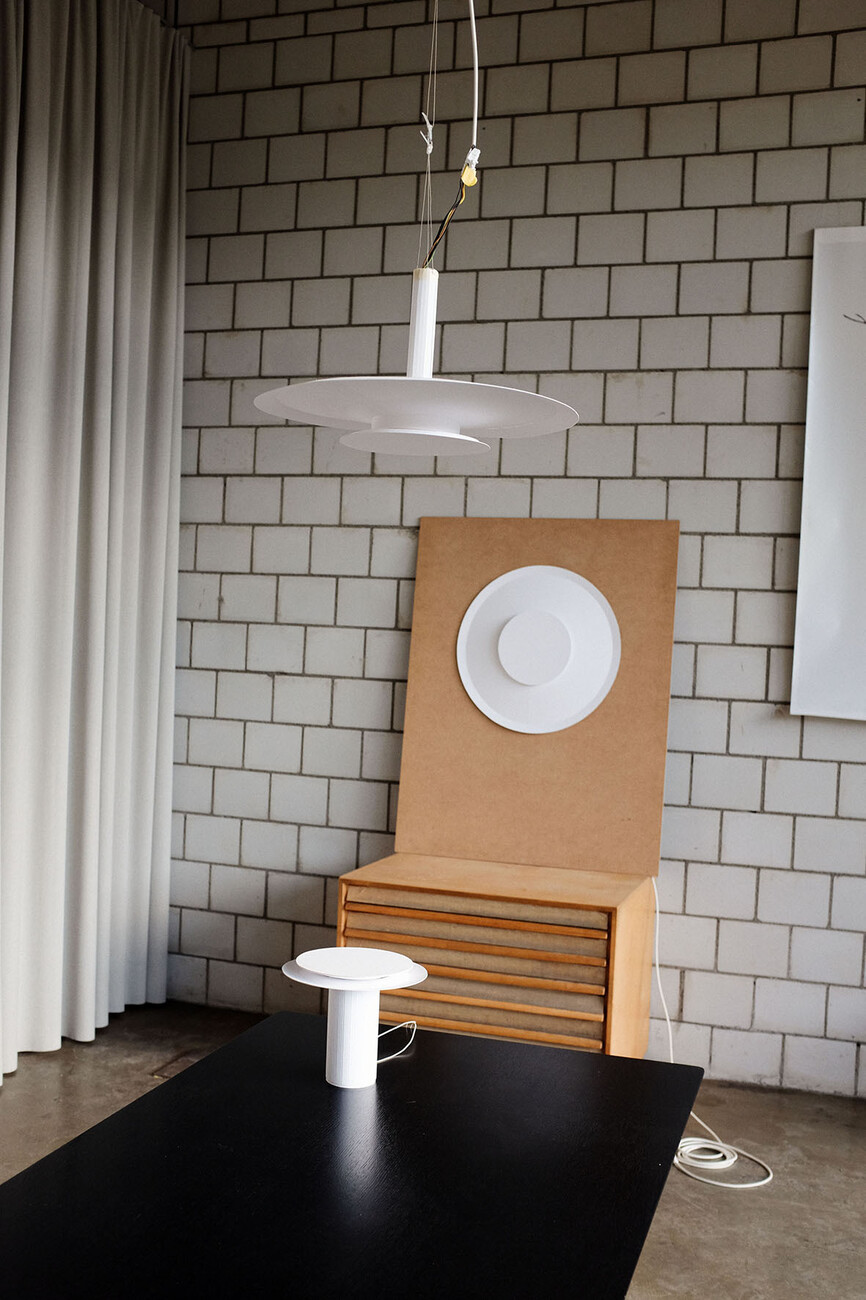One family
Jörg Boner: After the ‘PRIMAR’ collection (formerly ‘SL10’), which we realised for Schätti twelve years ago – and which continues to be very successful - the managing director Thomas Schätti asked me to realise a second collection. Of course, this was not to compete with the first, but was to offer a new perspective. Another important point was that the products had to be designed in such a way that Schätti could produce them at its site in the Swiss Alpine community of Schwanden, Glarus Süd, using its own resources. It was therefore clear relatively quickly that we would be working with aluminium. I was also attracted by the challenge of only needing one LED board for the lighting and positioning it in such a way that neither the board nor the diffuser or the light source are visible. Instead, the luminaires should set themselves centre stage.
The prototypes could be explored during Milan Design Week this year - what has changed in the product for market readiness?
Jörg Boner: Details. New are the specially produced circuit boards, whose arrangement of the LED points guarantees that the light is optimally distributed. In addition, the prototypes were still welded and manufactured by hand – now they are produced using a pressing tool, which enables much greater precision. The decision in favour of a white sheet metal, which provides an ideal reflective surface for light, has remained. The decisive factor was the position of the plate and the opening for the light.
The lampshades are made of metal, yet the material doesn't look hard or cold. How did you achieve this?
Jörg Boner: The design is crucial for this. I created all the models from white paper in advance, as the materials basically behave similarly. I think this basis makes the luminaire appear so soft. In a darkened room, you can hardly tell the difference between the paper version and the one made of aluminium.
Why did you decide to design a complete luminaire series right from the start?
Jörg Boner: A luminaire is a poetic object with a task. Designing the different types for it is incredibly exciting. There are also few luminaires that are produced directly as a complete collection, so that you have the right tool for every lighting task. It was therefore important to me to design the four luminaire types in the collection in such a way that they are both independent and fundamentally related. Almost like members of a family, there is a common basis, but also differences.

